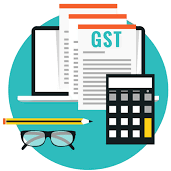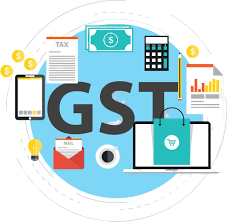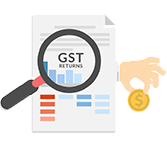GST Return Filing
What is GST return?
A GST return is a type of document in which the details of the income or the transaction mention, which a taxpayer needs to file with the administrative authorities. This is done by the tax authorities to calculate the tax liability.
What is GST Return Filing?
Lay the annual accounts per year is the underlying interpretation of GST return filing. Bookkeeping and filing of GST returns are several areas including financial GST return filing, general GST return filing, professional GST return filing, chartered accountant, audit, tax GST return Filing and cost can be divided into managing GST return filing.
















